The Zero’s “Big Little Brother”- Fine Molds 1/48 A7M1 and A7M2 Reppu “Sam”
The Mitsubishi A7M Reppu was originally conceived in 1942 to eventually replace the A6M Zero carrier-fighter in the Imperial Japanese Navy. Bigger, more powerful and much faster than the Zero, the "Reppu" (hurricane) was a victim of delays, on the part of both engine development and the Japanese Navy's decision-making and aircraft procurement process. In the end, they never saw combat, and only seven or so were built, in two versions.
The A7M1 was the original version with the Nakajima Homare radial engine of approximately 1900 hp fitted. Oil cooler and intake ducts were all buried in the cowl with a cooling fan connected to the propeller hub, like the FW 190 and J2M Raiden, among others. It made for a beautifully clean airframe, but difficulties with the engine and overall system caused a shift to the A7M2 configuration, using the Mitsubishi Ha-43 Mk 9D radial of over 2000 hp, and used conventional external cowl ducting. This latter engine was the same type fitted to the Kyushu J7W1 "Shinden" experimental canard interceptor.
The A7M2's more conventional layout worked much better, and the large aircraft (bigger span and length than an F6F Hellcat) achieved 390 mph in testing with excellent manouverability. A7M2s also had the horizontal stabilizers/elevators squared-off at the tips, and more vertical fin chord.
But it was too late, Japan's industry was all but nonexistent, and when U.S. occupation forces found the incomplete examples in ravaged factories, the aircraft was given the allied code-name "Sam". If the war had dragged on, the Reppu may have been a competitive fighter.
Fine Molds released both versions of the A7M in 1/48 about eight years ago, and they are beauties. They have all the correct differences between the two types, and have all the qualities of Hasegawa kits. Great decals, too... but the instructions are only in Japanese!
The orange aircraft represents the first A7M1 prototype. The other is the A7M2. Notice all the subtle differences between the two, especially cowls and tailplanes. I have always been fascinated by this aircraft, one that makes me ask "what if?" questions. I'm glad that Fine Molds did these, and did such a great job on them.
Definitely recommended for any enthusiast of Japanese aircraft. The two kits are still available, and I believe still in production.
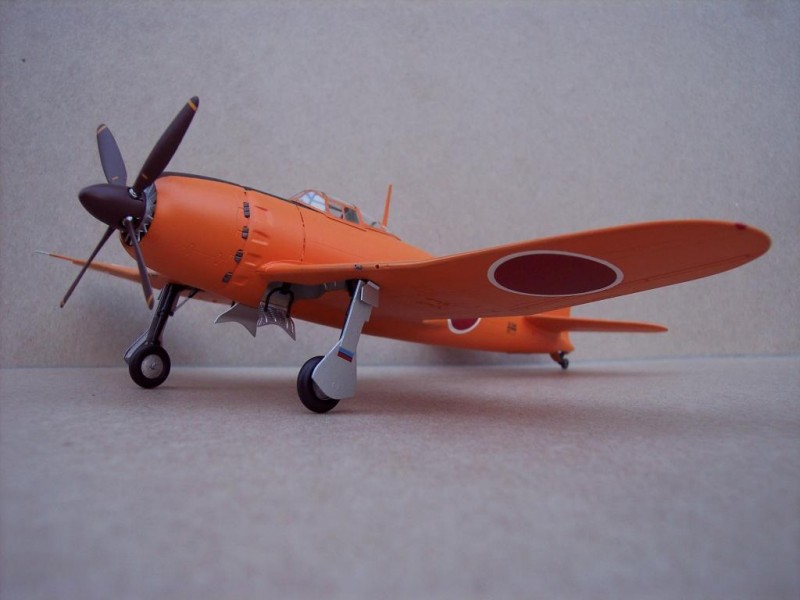
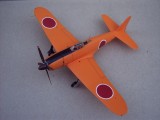
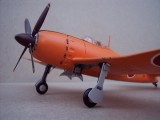
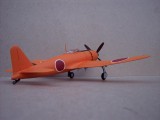
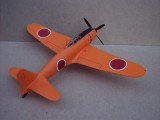
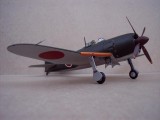

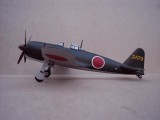
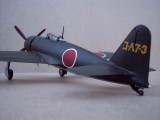
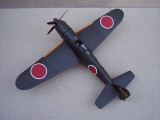
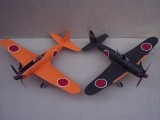
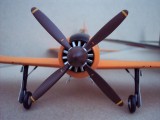
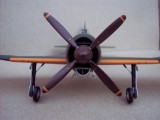
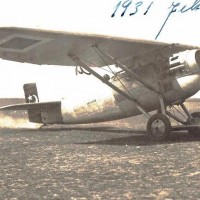

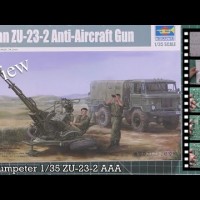
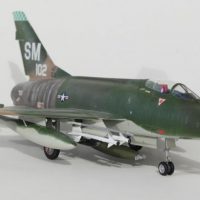
I like the orange one...
I LOVE orange Japanese planes!
I thought these were beautiful when I saw them out at the museum last month.
Nice! ( not only the orange one!)
I wish Hasegawa would make one of these in 1:32 scale...